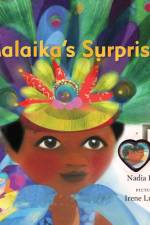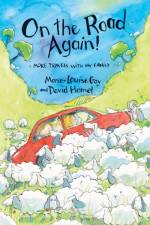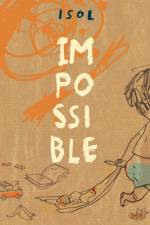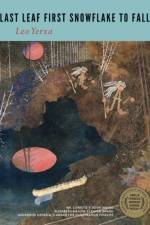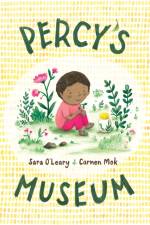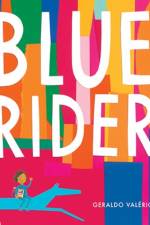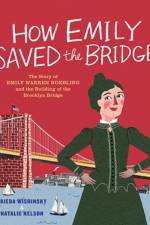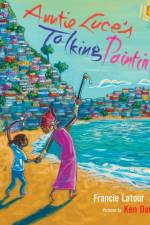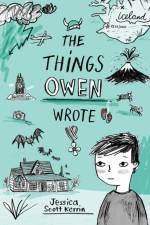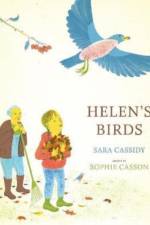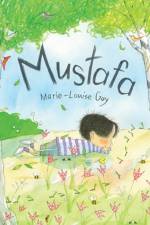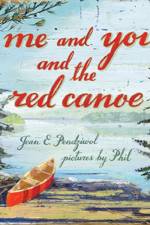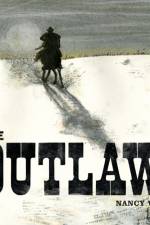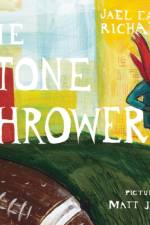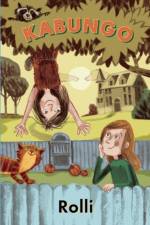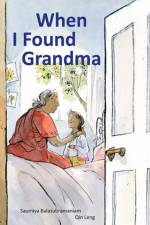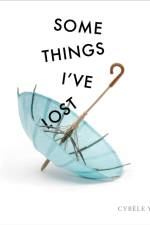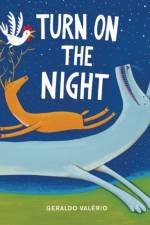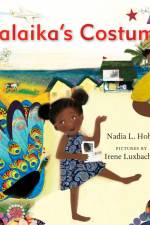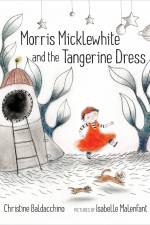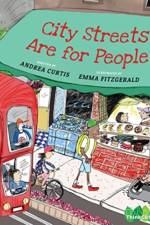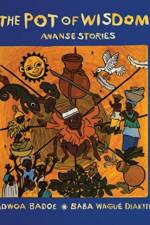av Rolli
161
Ten-year-old Beverly is an ordinary girl with an extraordinary best friend. Her name is Kabungo, and she lives in a cave on Main Street. No one knows where she comes from or who she really is, but life is never dull when Kabungo is around.Beverly tries to teach her friend about the ways of the modern world ¿ the importance of teeth brushing, understanding strange holidays like Halloween, learning how to read. But Kabungo doesn¿t take well to being civilized, and she can be stubborn, bossy, and plain infuriating. Sometimes Beverly gets so mad that she just wants to move to Cincinnati.Besides, Kabungo is a skittish cavegirl, and it takes a while to win her trust, even among Star City¿s eccentric denizens, such as Mr. Gobshaw, who owns the local drug shop (¿We have everything!¿) where yoüll find the stuffed tigers right next to the breath mints. And there is Ms. VeDore, who seems to float as she walks around her decrepit mansion, and who throws the most amazing Halloween parties.Then, just when you least expect it, Kabungo will do something surprising (and when yoüre best friends with a cavegirl, yoüre not easily surprised). Like planning an unexpected birthday treat for Beverly (even though it isn¿t actually her birthday) ¿ at the city dump.In other words, Beverly learns that there are times for teaching, and times for tipping your head back and laughing.Hilarious and poignant, Kabungo is the most originally voiced and endearing middle-grade heroine since Pippi Longstocking. Accompanied by quirky line drawings by Milan Pavlovic, this is a gently humorous novel about friendship and community that raises for young readers deeper questions about finding beauty in unexpected places, accepting and celebrating differences, and what it really means to be civilized.

